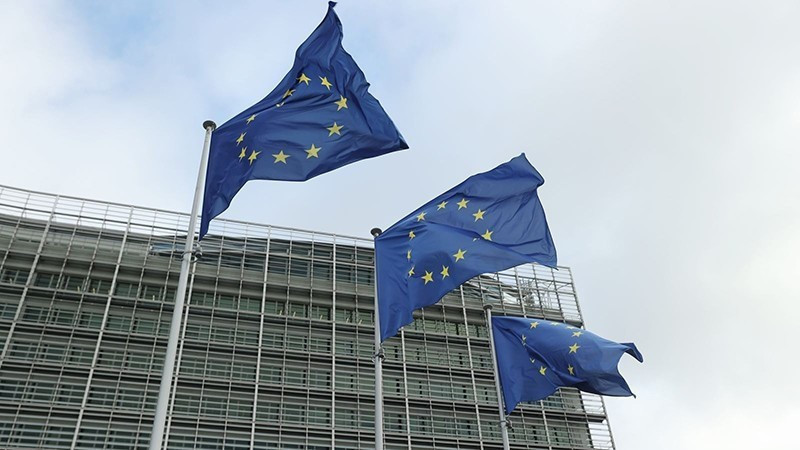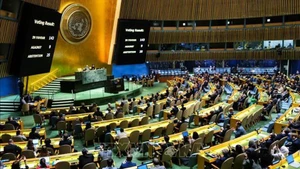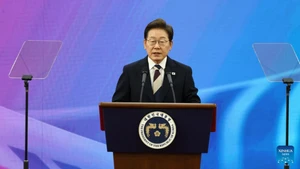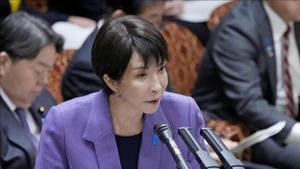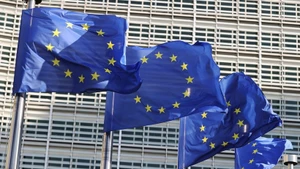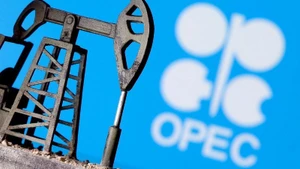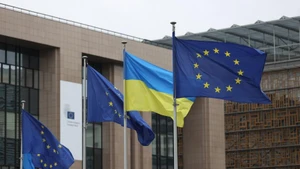However, the process of realising this goal is expected to face numerous challenges, especially in finding solutions to the problems of balancing environmental protection with economic growth.
Over the past three decades, the EU has maintained its position at the forefront of climate efforts, with many significant milestones. The Blue Flag bloc has achieved the largest emission reduction under the Kyoto Protocol, enacted the first climate-related legislation, established the world’s first carbon trading market in 2005, and was the birthplace of the Paris Agreement on climate change in 2015.
Building on that proud journey, the newly announced target of cutting greenhouse gas emissions by 90% by 2040 is seen as a vital stepping stone towards achieving carbon neutrality by 2050 and promoting a green, sustainable future.
President of the EC, Ursula von der Leyen, affirmed that this is a significant step forward and a vivid testament to the 27-member alliance’s determination to prevent further global warming. If approved, this target will serve as a “lighthouse” guiding the EU's entire climate and energy strategy beyond 2030.
Analysts believe that to realise this ambitious goal, the EU will have to overcome numerous obstacles, starting with scepticism from some member states.
French President Emmanuel Macron has called for careful calculations to ensure that the decarbonisation pathway does not negatively affect the economy’s competitiveness.
Czech Prime Minister Petr Fiala even rejected it, saying that a 90% cut was not feasible. According to the Czech leader, it would be extremely difficult for the bloc to simultaneously cut emissions by 90% by 2040 and pave the way for robust economic growth.
Meanwhile, some businesses within the EU have voiced concerns over mounting pressure from rising costs and increasingly stringent environmental regulations. Several high-emission industries in the region are also worried that such regulations could undermine the competitiveness of the Old Continent.
In addition, the cost of achieving the 90% emission reduction target by 2040 is expected to be substantial. Preliminary estimates indicate that from 2031 to 2050, the EU will need to invest an average of 660 billion euros annually in energy infrastructure and around 870 billion euros in the transport system.
Nonetheless, the EC has stressed that unlike previous climate pledges, this proposal has been flexibly adjusted so that the Blue Flag bloc will not have to choose between growth and green transition.
To support member states in reconciling the dual goals of environmental protection and economic resilience, the EC has proposed allowing a portion of carbon credits to be purchased from outside the bloc to help meet emission targets. This mechanism enables EU governments and businesses to finance climate projects in developing countries—such as afforestation or energy transition—and count the resulting emission reductions towards their own quotas. This solution is expected to ease the investment burden of green transition, particularly as member states must also balance budgets for other pressing priorities such as defence, security, and economic development.
Despite lingering concerns, experts believe that the green transition is a path from which the EU can only move forward, not turn back.
